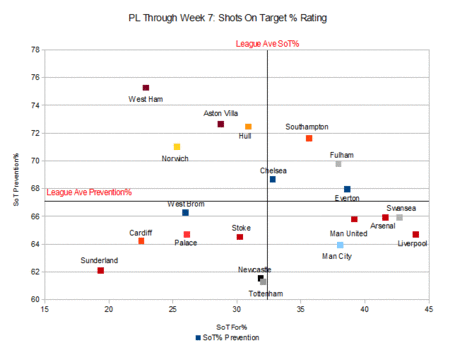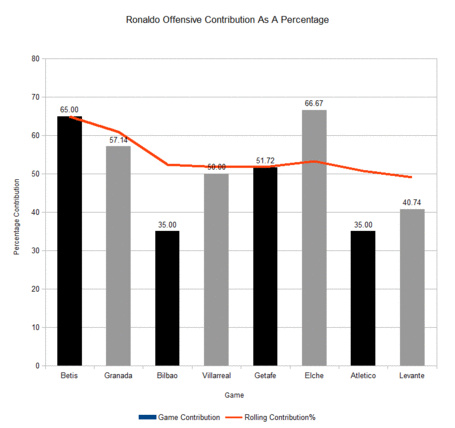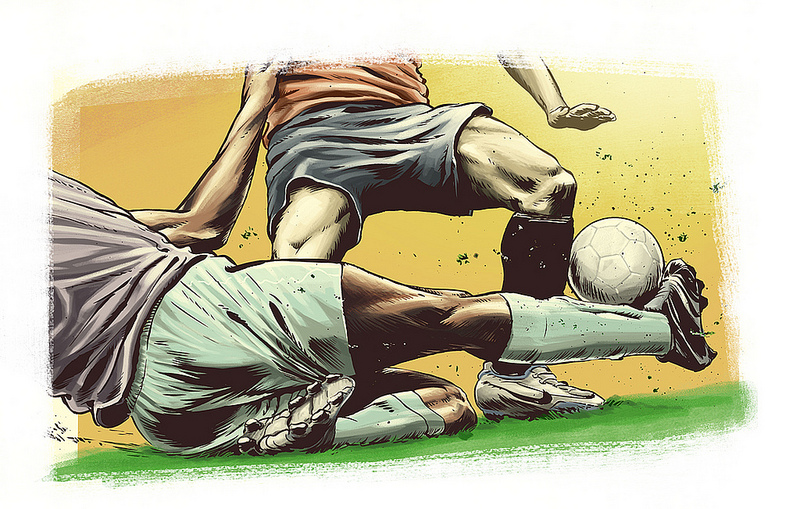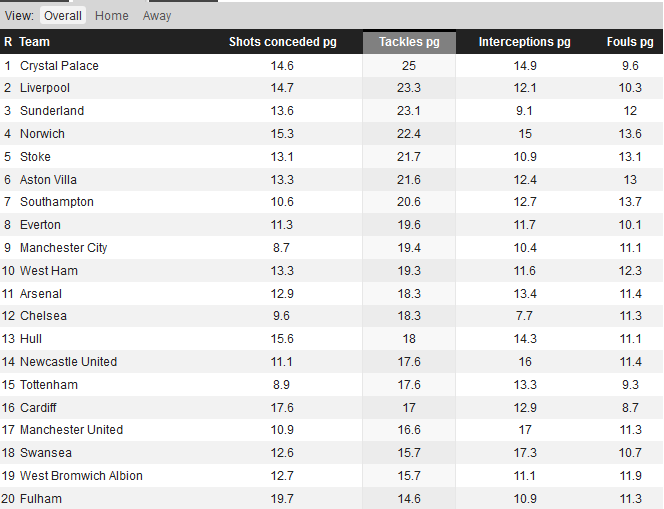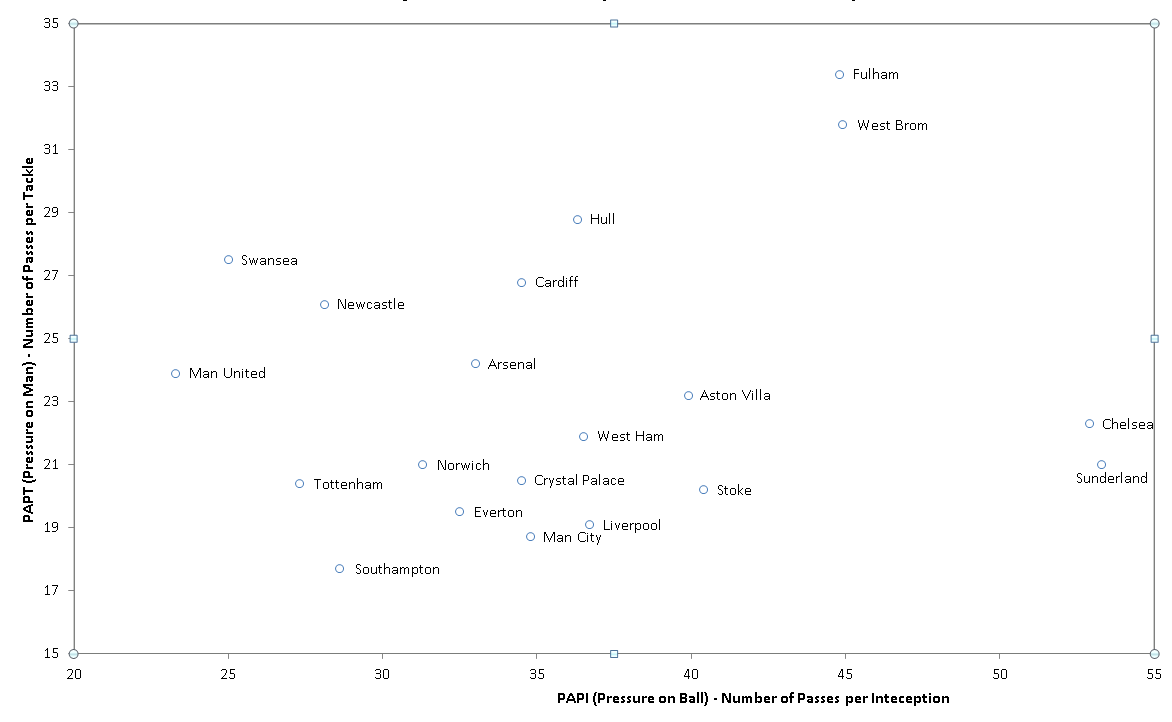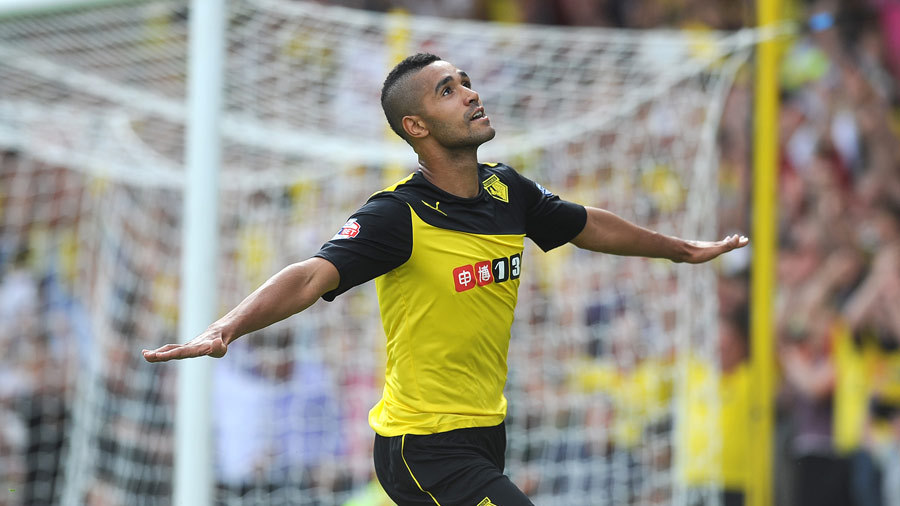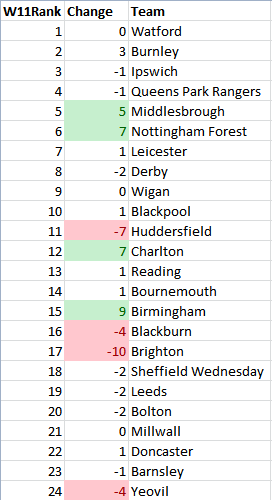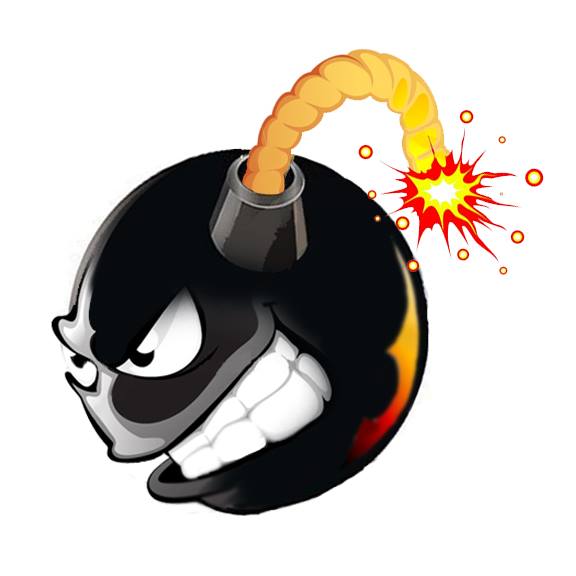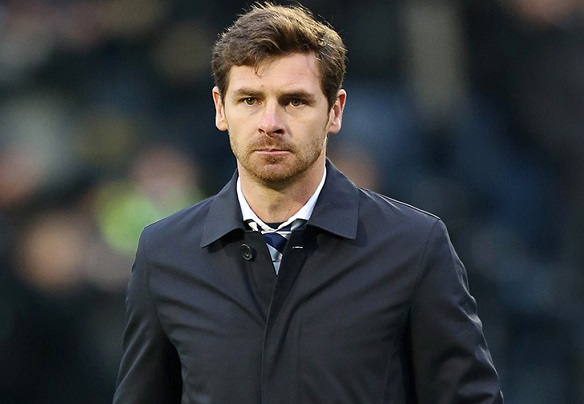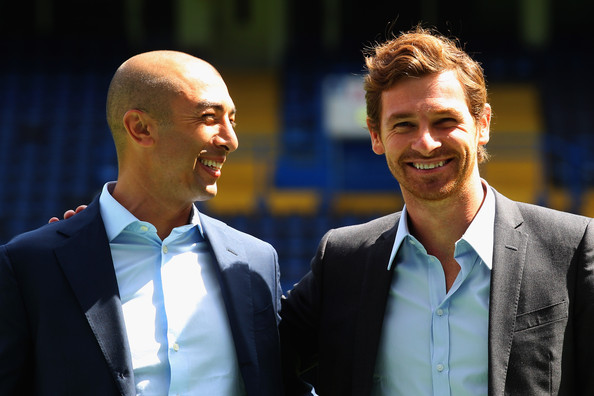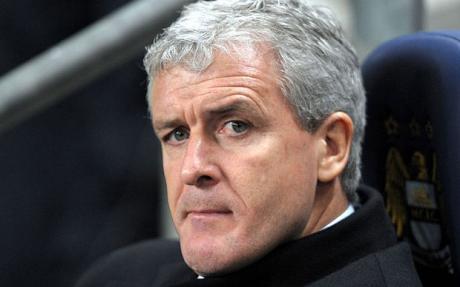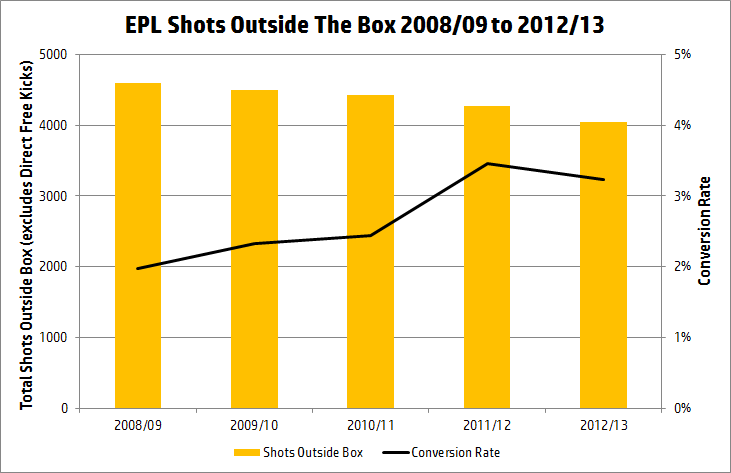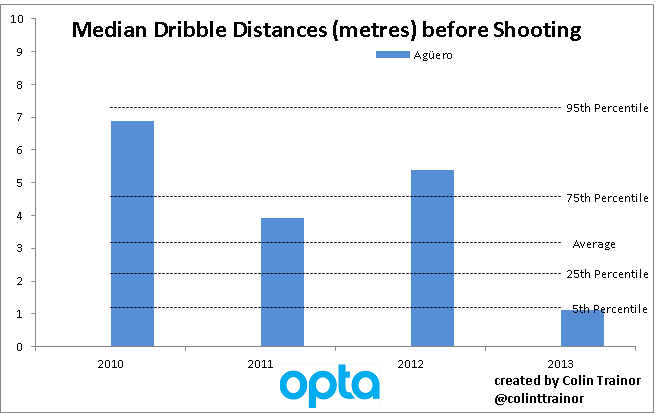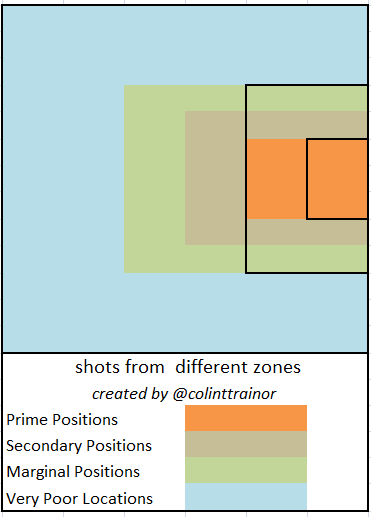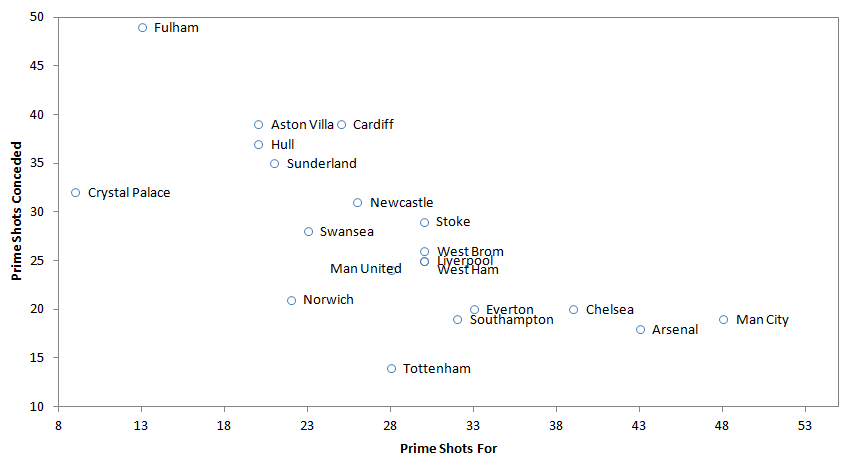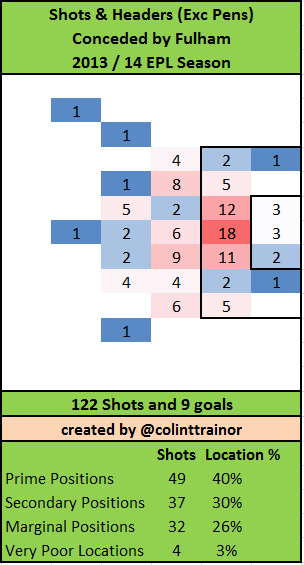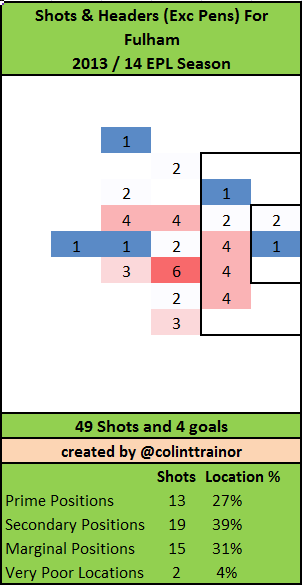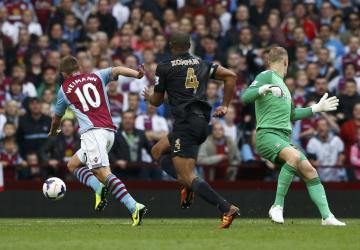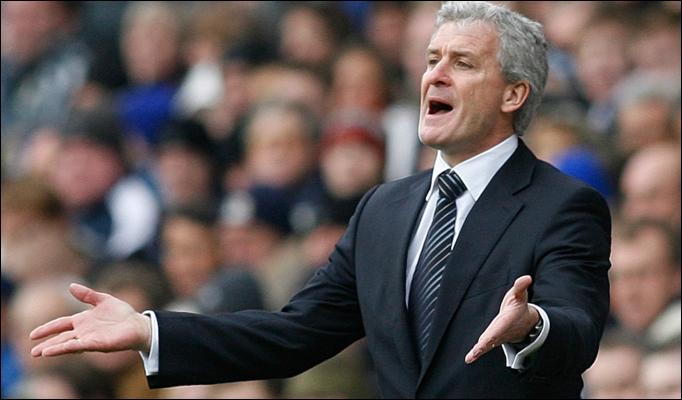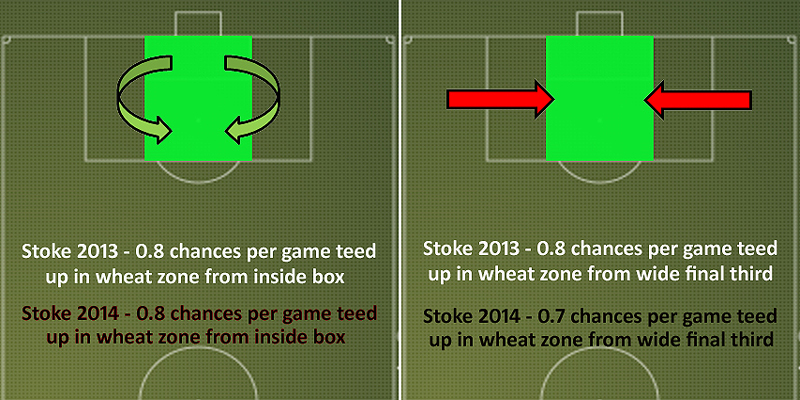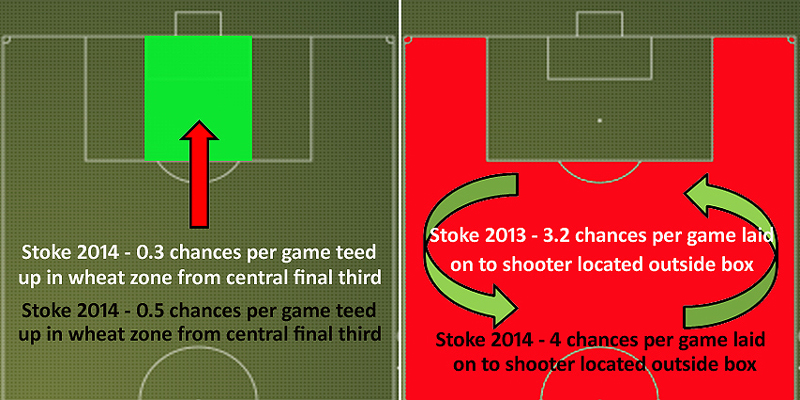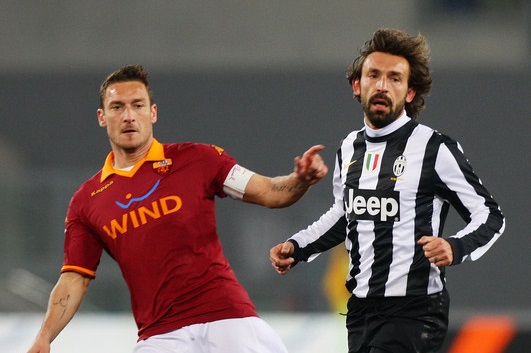Let me start with a brief introduction on the topic of Shot Influence, or Attacking Influence, or whatever it may end up being named. What is Shots Influence? An attempt at quantifying the importance of a single player to his teams attacking output. How is it calculated? We combine player X's shots + shot assists and divide that number against the teams shots output when the player was on the field of play. EG: Player X had 4 shots and 1 shot assist. His team recorded 10 shots in that game. Player X was responsible, in some way, for 50% of his teams attacking output. Origins of Shots Influence Well, two people were sat watching Man City v Bayern Munich and became fascinated with which Bayern players were creating the most shots for their team and how that influence may look as a percentage. The genesis for that Man City v Bayern conversation was, for me, sparked by Benjamin Wendorf's work on 1980's hockey players and their shots contributions. Why is Shots Influence of interest to me? It may not be! But, I am going to try and make it interesting. Shots Influence,I believe, can tell us some pretty cool things about how important a player was to his teams attacking output. If a player has a high shots influencepercentage then we may conclude that he is very important to his team when on the field of play and something I called a 'hub player' - a player that is always involved in the attacking scheme in terms of taking shots or creating shots. Benchmarks It's way too early to be drawing any conclusions as to what numbers may separate an average player from a good player, and a very good player from a Messi. If pushed I would say that if a player is responsible for ~40% of his teams attacking output in terms of shots, then it's likely that he is a mighty good player. Previous Shots Influence work Seven weeks of Man City data <LINK> Ronaldo <LINK> Messi <LINK> Right, that's the boring stuff out of the way! I want to use three examples of players performance from the 2012/13 season to highlight how influential certain players are and how that influence can change over the course of the season. Suarez, Bale and Messi are the three examples I want to use. All three players were excellent in 2012/13, all posted really high shots influence numbers. Let's begin.
All Graphs Are Interactive
Suarez
Luiz Suarez had a monster season in 2012/13, which I had ranked as the 5th best season by a forward in the last 5 PL seasons. Still, during the summer, many Liverpool fans wanted to sell, to a certain extent, understandably, to a club that was willing to buy the player. 'Over-rated', 'inefficient', 'not worth the trouble' and 'Liverpool perform better without him' are just a small selection of words which used to criticize Suarez, and i don't entirely disagree with a lot of those words. That said, I was, and still remain, a big fan of Suarez the player. He's a 'hub player', constantly involved, almost always important to his teams attacking play when on the field. Hell, I even tried to convince @mixedknuts that he would be a good signing for Arsenal! Just how good is Suarez? Well, we need to see him to repeat last seasons level of performance before we anoint him as a genuinely consistent player who has world class ability. But my, was Suarez important to Liverpool's attack when he was on the field of play.
The chart above lists Suarez's game-by-game percentage contribution (red) and his rolling contribution. Suarez tailed off a little as the season wore on (Coutinho influence?) but Suarez's rolling attacking contribution as a percentage of Liverpool's attacking output is crazy good. When Suarez was on the field of play, 43.47% of Liverpool attacking output in terms of shots was created by Suarez. Suarez was the hub for Liverpool last year, he was vitally important when he did feature for Liverpool. Now, some of Suarez's high percentage contribution is due to his shot-happy nature and his willingness to shoot from anywhere. Suarez took 187 of Liverpool's 641 shots (29.17%) when on the field of play, but he also was a pretty good creator of shot opportunities for his team-mates: of non-Suarez shots the player was responsible for creating 90 shots assists of 551 shots (16.3%). Suarez was pretty important for Liverpool last season when he actually played. A 43.4% attacking contribution number is testament to that.
Bale
Injured, Welsh Ronaldo, shot monster. Those are the first three words that spring to mind when I think of the most expensive player in history. Bale is a fine, fine player who is an attacking monster with a skill set for the ages. Real Madrid overpaid, we all know that, but they still purchased a mighty good player. Bale's 2012/13 season seemingly convinced Madrid to pursue Bale, and what a season 2012/13 was.
Bale's rolling contribution improved as the season went on, and that may be testament to playing in the more influential central position that Bale occupied. Improvement in Bale's game was also a thing. Gareth Bale's final attacking contribution number stands at 43.23%, just a shade behind Suarez's. Only God knows what Bale's contribution number would have looked like if he had played centrally all season and not played injured in the last 5 or so games. Bale's shots only as a contribution percentage: 165 shots for 29.7%. Bale's shot assists for non-Bale shots: 75 shots assists for 19.2%. Yup, that 19% number doesn't really point to a player who couldn't create for his team-mates.
Messi
Initially, I wasn't going to include Messi's numbers in this feature, but I changed my mind. I think it's important to include the data from the footballjesus as a sort of impossible benchmark.
We know Messi is brilliant, we know he receives deferential passes from team-mates who are also excellent at creating space for him. But we didn't previously know that Messi was responsible for >50% of Barcelona's shots output when he was on the field of play.
FIFTY ONE PERCENT! We know Messi is a super freak, but I didn't expect Messi to post a contribution number that was so high, simply because the quality of his team-mates is of such a level that the shots output would be distributed a little more evenly.
Messi posted a 2012/13 number that is pretty hard to believe. Even with all the world class talent at Barcelona, He still stands out as a God amongst men.
Messi's shots only as a contribution percentage: 163 shots for 40.1%.
Messi's shot assists for non-Bale shots: 45 shots assists for 18.5%. With Messi on the field of play 40% of Barcelona's shots are taken by one player.
The Future
For the 2013/14 season I am tracking the shots influence numbers for 5 or 6 players from each PL team. Over the course of the season this should give us some nice information on who has been the most creatively important players for their respective teams. Suarez should be an interesting case in 2013/13. Which player stands out for Tottenham in Bale's absence will also be of interest.
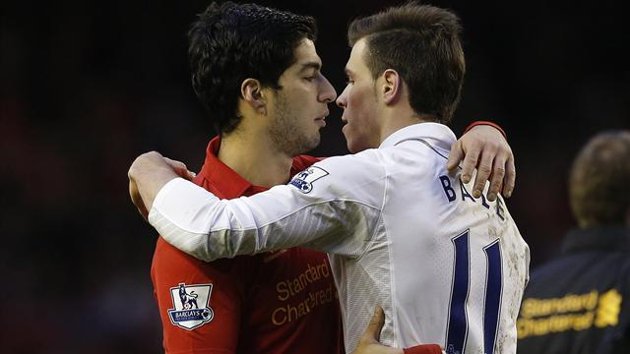
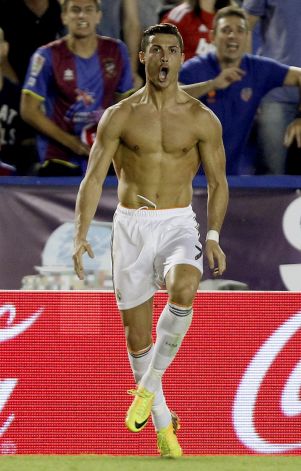
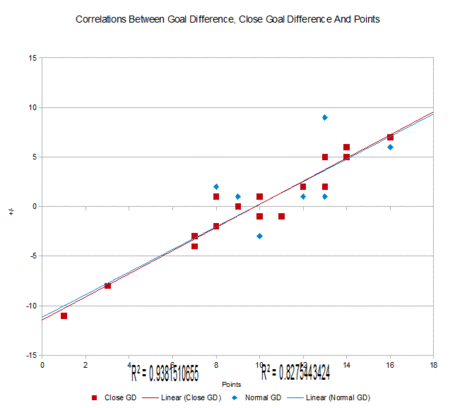
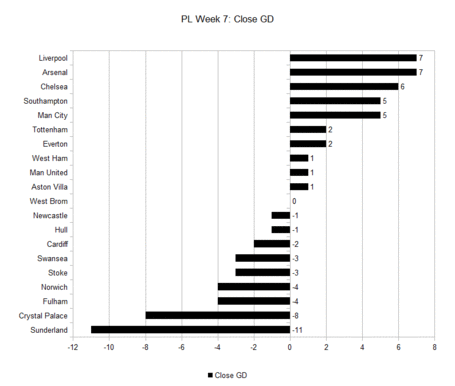
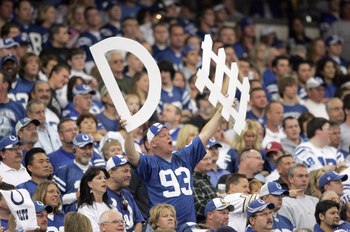
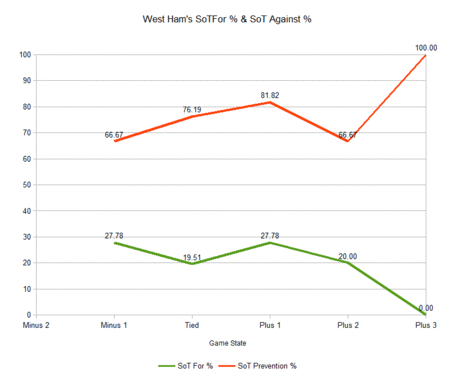
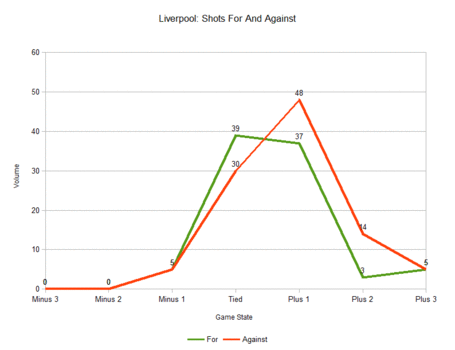 Liverpool are slightly out-shooting the opposition at Tied GS, but once in the lead (Plus 1, 2) Liverpool's shots numbers drop off and the oppositions pick up. Liverpool's +1 GS shots number is the 3rd worst in the league behind Sunderland and Hull, not exactly the type of company one wants to keep.
Liverpool are slightly out-shooting the opposition at Tied GS, but once in the lead (Plus 1, 2) Liverpool's shots numbers drop off and the oppositions pick up. Liverpool's +1 GS shots number is the 3rd worst in the league behind Sunderland and Hull, not exactly the type of company one wants to keep.